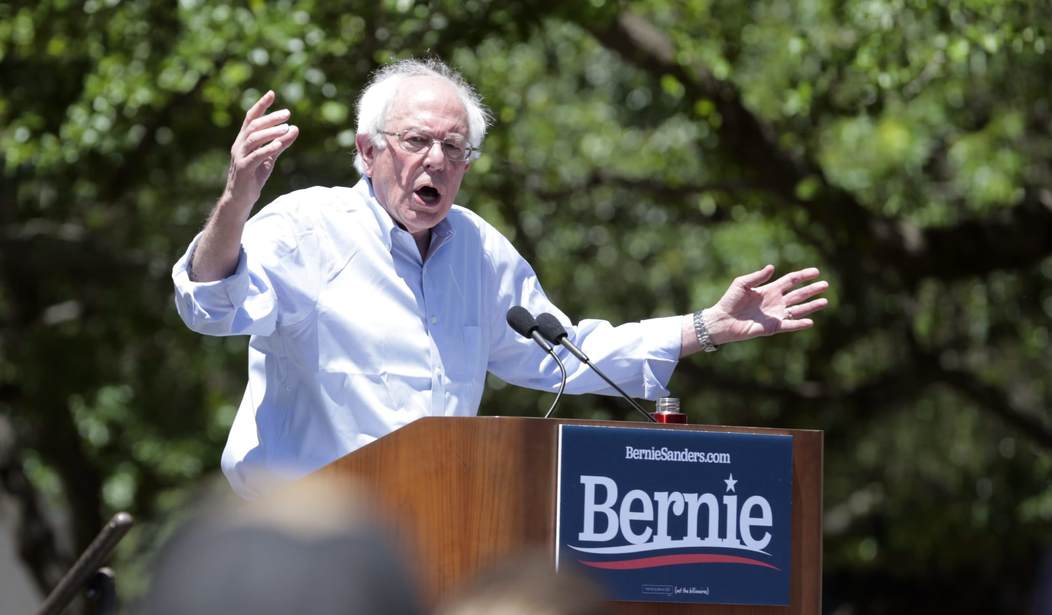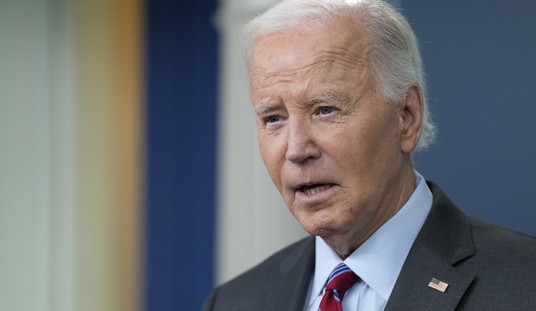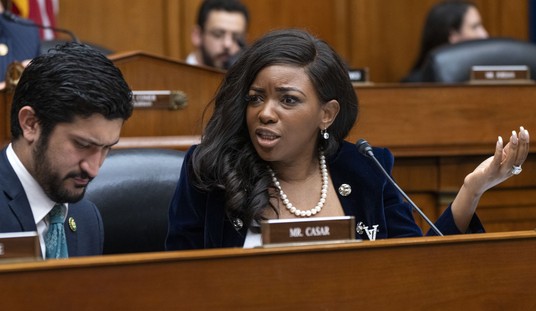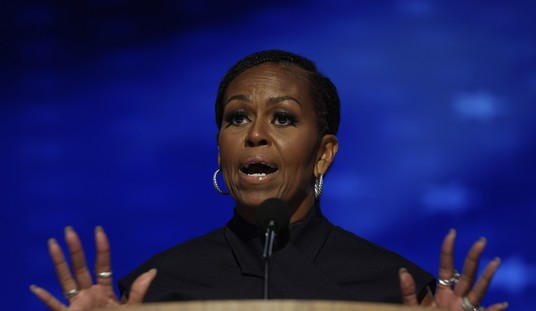“Who can beat Donald Trump?” is the question on the mind of every Democrat primary voter, and of course, every Democrat donor as well. Each candidate seeks to present himself (or xirself!) as the most electable in 2020’s increasingly crowded field. But can anyone really determine electability — reliably — in advance? Is it really wise to follow your brain and vote for the candidate who only might be the most electable?
Kyle Kondik says determining electability is “like nailing Jell-O to a wall” in today’s column for Sabato’s Crystal Ball. He reminds us:
Kellyanne Conway, counselor to President Trump and his campaign manager during the last months of the 2016 contest, spoke at our University of Virginia Center for Politics’ American Democracy Conference after Trump’s victory. She questioned the ability of campaign operatives and observers to truly figure out who is electable and who is not: “What happens early in the process is, people say ‘So and so’s electable — he can win.’ And you very patiently should ask, ‘OK great, how do you know that?’ ‘Well, a hundred other people just said it on TV, it must be true,’” she said.
Does electability surround a candidate like an aura, which not everyone can see? Or does it also depend on whom a candidate surrounds himself (or xyrselves!) with? Trump’s campaign, as I and many others noted, became much more focused within 48 hours of Kellyanne Conway coming on board. What’s really going to bake your noodle later on is, would Conway have come on board if she couldn’t detect Trump’s electability aura? Did she have to see it to help make it real, or did she herself create it through her own force of will and political savvy? Or was it Trump’s all along?
In that small way, the whole concept of electability reminds me of the famous Laffer Curve.
Named for economist Arthur Laffer (although based in part on mathematics dating back to the 14th century), the Laffer Curve notes that tax revenue increases as tax rates increase — right up until it doesn’t. Raise taxes too high, and it discourages economic activity (or drives it underground) so that less revenue is generated. This is where the idea for revenue-generating tax cuts came from. Cut rates that are too high, and you’ll actually increase revenue.
The trouble with the Laffer Curve is that the point on the curve where diminishing returns sets in seems to be a moving target. In a recession, revenues might be extremely sensitive to moving the top marginal tax rate in either direction. Under robust growth, that point on the curve might be much further to the right. And tax rates don’t exist in a vacuum. Lowering rates while increasing regulatory burdens might prove even worse, or just more unpredictable, than leaving things how they are.
So it isn’t that the Laffer Curve is wrong; it’s just that it might not be that useful in practice. Same with that Jell-O-like aura of electability. Kondik writes:
Logically, the most “electable” Democrat would be able to claw back some Trump voters who reside in that populist ideological portion of the electorate. We already mentioned Biden’s strength in general election polls against Trump compared to other Democrats, although we don’t think such polls are all that predictive at this point. Still, a polling edge combined with Biden’s support from the more moderate elements of the Democratic Party and his coolness to some of the more progressive policy proposals that have been discussed during the Democratic primary so far, like Medicare for all, might lead one to believe Biden is the most electable.
That said, Bernie Sanders is already going after Biden for his votes to authorize the Iraq war and in support of NAFTA. Couldn’t Trump do the same, effectively getting to the left of Biden on international issues and holding his populist support in the key heartland states as a result?
From that standpoint, maybe Sanders actually would be the more electable candidate.
Or maybe he’s a cranky old coot who would make Mondale ’84 look like, well, Reagan ’84. And if the economy is still booming in November 2020, maybe none of this year’s massive crop of Dems is electable. Maybe they’re all Mondales, albeit with far less of Walt’s raw sexual magnetism.
The more I think about this, the less likely it seems that Joe Biden is going to be the nominee. Putting myself in the sandals of the Democratic Party’s increasingly far-out-there primary voter base, voting for the most radical candidate might be the smart move. As I see it, their thinking might go like this:
• If none of the candidates have a kitten’s chance in an industrial turbine of knocking off Trump, why not throw “electability” out the door and go with my bleeding heart?
• And if Trump were to implode during the campaign, we might just elect someone so far to the Left that they (or zhey!) would make Obama look like Coolidge. Squee!
I’m not sure whether I just passed or failed the Ideological Turing Test, but those lines sure were fun to write.
So many people (including Yours Truly) thought Trump would implode at some point in 2015-16. But of course that never happened. With that in mind, my advice to Democratic primary voters is: Go with your bleeding hearts! You have nothing to lose but your last chain to reality!










Join the conversation as a VIP Member